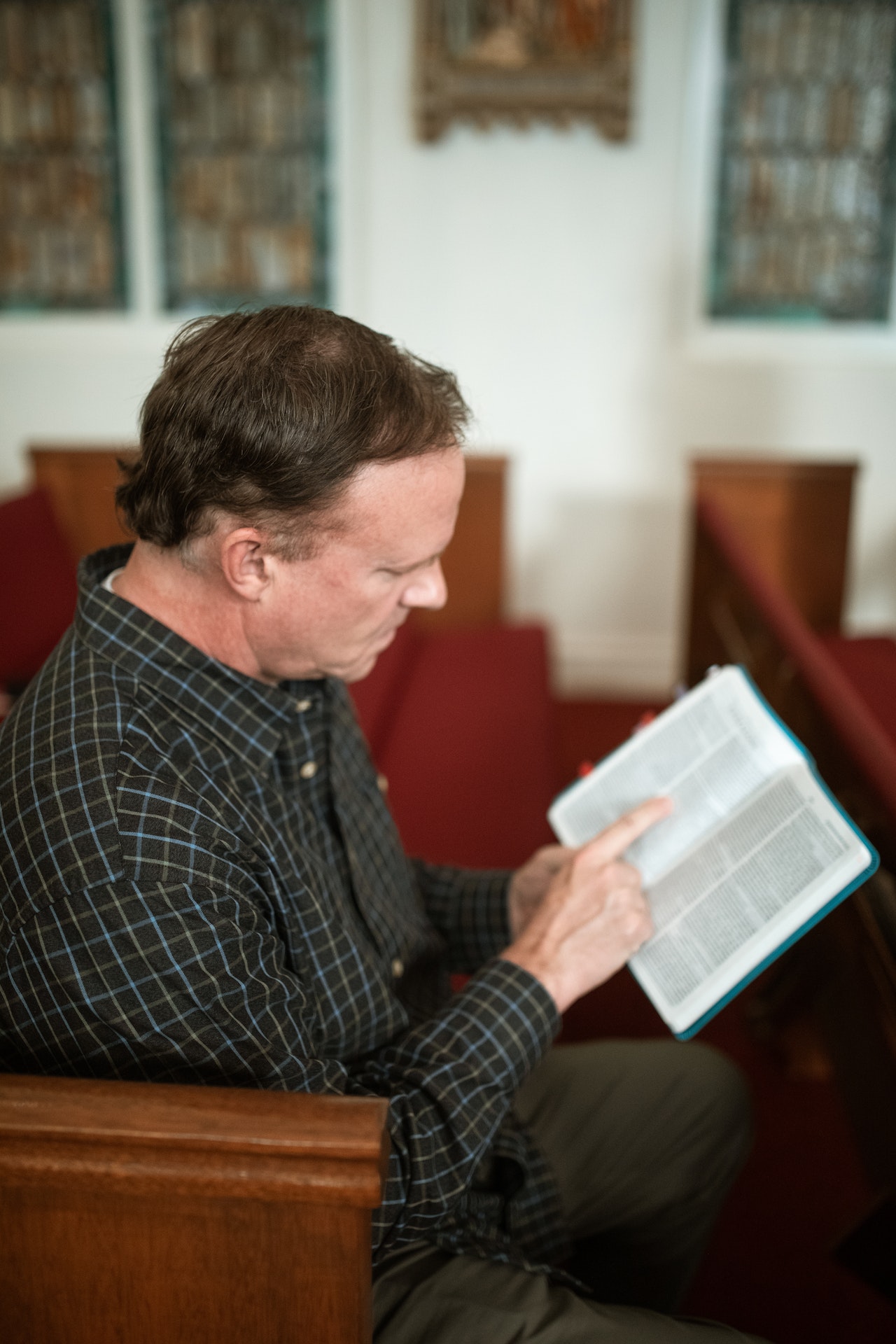Baptism is an important religious ritual in many faiths, and it is often performed by a religious leader or clergy member. But can a normal person baptize someone? The answer is yes, depending on the faith and the circumstances. In some cases, a layperson can perform a baptism, but there are certain requirements that must be met. This article will discuss the requirements for a layperson to baptize someone, as well as the implications of doing so.
Table of Contents
The Biblical Basis for Normal People Baptizing Others
Have you ever wondered if it’s okay for “normal” people to baptize others? The answer is yes! Baptism is an important part of the Christian faith, and it’s something that all believers should be able to participate in.
The Bible is clear that baptism is an important part of the Christian faith. In Matthew 28:19, Jesus tells his disciples to “go and make disciples of all nations, baptizing them in the name of the Father and of the Son and of the Holy Spirit.” This is known as the Great Commission, and it’s a command for all believers to spread the gospel and baptize others.
The Bible also makes it clear that baptism is not just for pastors or priests. In Acts 8:38, we see that Philip, a “normal” person, baptized the Ethiopian eunuch. This shows us that anyone can baptize another person, regardless of their position or title.
Finally, the Bible tells us that baptism is a symbol of our faith in Jesus. In Romans 6:3-4, Paul writes that “all of us who were baptized into Christ Jesus were baptized into his death. We were therefore buried with him through baptism into death in order that, just as Christ was raised from the dead through the glory of the Father, we too may live a new life.” Baptism is a powerful symbol of our faith in Jesus and our commitment to living a new life in him.
So, yes, it is perfectly okay for “normal” people to baptize others. Baptism is an important part of the Christian faith, and it’s something that all believers should be able to participate in. So, if you’re looking for a way to show your faith in Jesus and your commitment to living a new life in him, consider baptizing someone today!
Exploring the Different Types of Baptism and Who Can Perform Them
Baptism is an important part of many religious traditions, and there are a variety of different types of baptism that are practiced around the world. Whether you’re looking to learn more about baptism or are considering getting baptized yourself, it’s important to understand the different types of baptism and who can perform them.
The most common type of baptism is immersion baptism, which is practiced by many Christian denominations. During immersion baptism, the person being baptized is fully submerged in water, symbolizing their death and rebirth in Christ. Immersion baptism is usually performed by a pastor or other ordained minister.
Another type of baptism is sprinkling, which is practiced by some Christian denominations. During sprinkling, the person being baptized is sprinkled with water, symbolizing their cleansing from sin. Sprinkling is usually performed by a pastor or other ordained minister.
A third type of baptism is pouring, which is practiced by some Christian denominations. During pouring, the person being baptized is poured with water, symbolizing their cleansing from sin. Pouring is usually performed by a pastor or other ordained minister.
Finally, there is infant baptism, which is practiced by some Christian denominations. During infant baptism, a baby is baptized, symbolizing their acceptance into the Christian faith. Infant baptism is usually performed by a pastor or other ordained minister.
No matter which type of baptism you choose, it’s important to understand who can perform it. Generally speaking, baptism is usually performed by a pastor or other ordained minister. However, some denominations allow laypeople to perform baptisms in certain circumstances. It’s important to check with your church or denomination to find out who is authorized to perform baptisms.
Baptism is an important part of many religious traditions, and there are a variety of different types of baptism that are practiced around the world. Whether you’re looking to learn more about baptism or are considering getting baptized yourself, it’s important to understand the different types of baptism and who can perform them.
The Significance of Baptism and What It Means for Normal People
Baptism is an important religious ritual that is practiced by many different faiths. It is a symbolic act that signifies a person’s commitment to their faith and their willingness to follow the teachings of their religion. For many people, baptism is a meaningful and powerful experience that marks the beginning of a spiritual journey.
For Christians, baptism is a sacrament that symbolizes the death and resurrection of Jesus Christ. It is a sign of faith and obedience to God’s will. When a person is baptized, they are publicly declaring their belief in Jesus and their commitment to living a life of faith. Baptism is also a way of joining the Christian community and becoming part of the Church.
For those who are not religious, baptism can still be a meaningful experience. It can be a way of symbolically starting a new chapter in life. It can be a way of making a commitment to yourself and to the people around you. It can be a way of expressing gratitude for the blessings in your life and a way of showing respect for the beliefs of others.
No matter what your beliefs are, baptism can be a powerful and meaningful experience. It is a way of showing your commitment to your faith and to the people around you. It is a way of expressing gratitude for the blessings in your life and a way of showing respect for the beliefs of others. It is a way of starting a new chapter in life and a way of joining the community of faith.
Examining the Practicalities of Normal People Baptizing Others: What to Consider and How to Prepare
Are you considering baptizing someone? It’s a big responsibility, and there are a few practicalities to consider before taking the plunge. Here’s what you need to know to make sure you’re prepared.
First, you’ll need to make sure you have the right supplies. Depending on the denomination, you may need a baptismal font, a basin, or a pool. You’ll also need towels, a change of clothes, and a Bible.
Second, you’ll need to make sure you have the right people present. Depending on the denomination, you may need a pastor, a priest, or a deacon. You’ll also need witnesses, and it’s a good idea to have a few family members or friends present.
Third, you’ll need to make sure you have the right words. Depending on the denomination, you may need to recite a specific prayer or recite a specific set of verses from the Bible.
Finally, you’ll need to make sure you have the right attitude. Baptism is a sacred act, and it should be treated with respect and reverence. Make sure you’re in the right frame of mind before you begin.
Baptizing someone is a big responsibility, but it can also be a beautiful and meaningful experience. With the right preparation, you can make sure it’s a positive and memorable event for everyone involved.
Conclusion
In conclusion, a normal person can baptize someone, provided they have the authority to do so from a church or religious organization. It is important to remember that baptism is a sacred ritual and should be done with respect and reverence. It is also important to remember that baptism is a personal decision and should not be forced upon someone.
For licensing reasons, we must provide the following notice: This content was created in part with the help of an AI.


